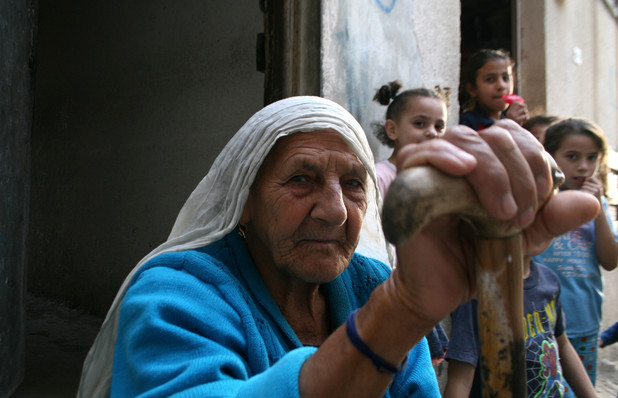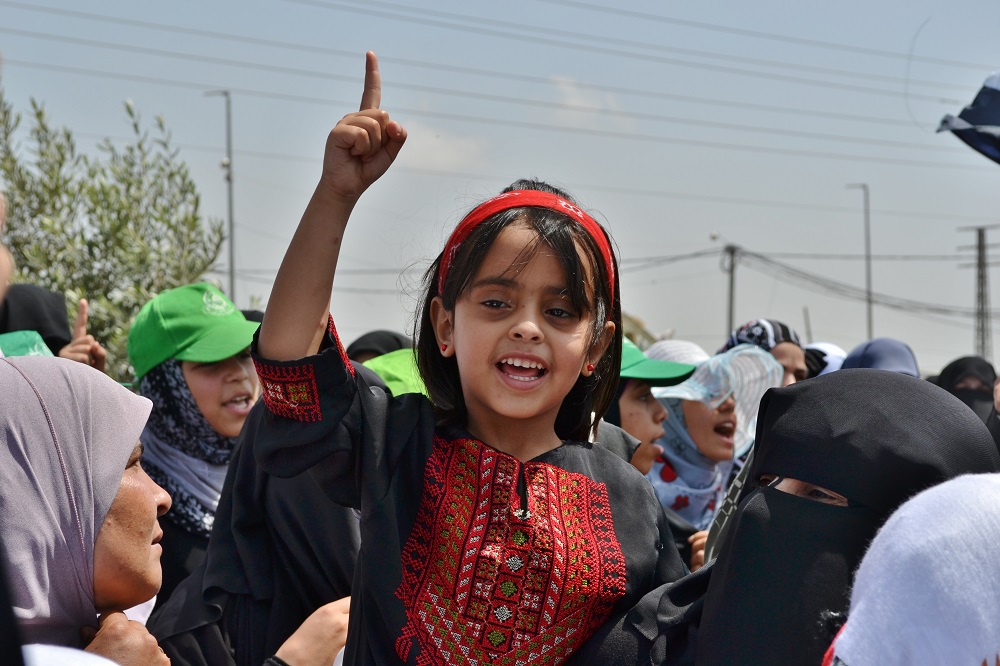Tag: Al Naksa
-
Gaza researchers determined to record Nakba generation before time runs out
28th October 2013 | The Electronic Intifada, Joe Catron | Gaza City, Occupied Palestine Tucked into a quiet basement suite in the main building of the immaculate Islamic University of Gaza campus, the Oral History Center could at first be mistaken for a bursar or registrar’s office. But its stacks of metal filing cabinets may contain more memories…
-
Photo essay: Gaza joins the Global March to Jerusalem
10th June 2013 | International Solidarity Movement | Beit Hanoun, Occupied Palestine Thousands of Palestinians from across the Gaza Strip rallied by the closed Erez checkpoint on Friday, marking al-Naksa (the setback), Israel’s 1967 seizure of the Palestinian West Bank and Gaza Strip, Syria’s Golan Heights, and Sinai Peninsula, ceded to Egypt in 1982. Israel’s…
-
Hebron: gathering to commemorate Naksa Day
By Sunny 4 June 2012 | International Solidarity Movement, West Bank On June 5, 2012, Palestinians will gather in the streets of Al Khalil (Hebron) to memorialize Naksa Day. ThisNaksa Day marks the 45th year of the illegal occupation of Palestinian land by Israel, as a result of the 1967 war, leading to the displacement…


